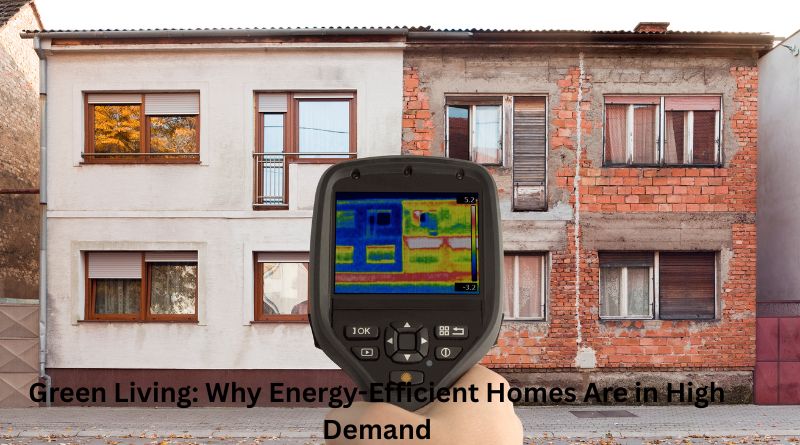What Drives the Demand for Energy-Efficient Homes?
The housing market is evolving as more buyers actively seek properties that offer long-term savings and a reduced ecological impact. Today’s buyers want homes that are designed with advanced features such as better insulation, high-efficiency heating and cooling, and smart home technologies. According to industry professionals, including trusted Palo Alto real estate agent Kathleen Pasin, sustainability has become a top priority for both buyers and sellers.
This trend is driven by concerns about climate change and healthier living. Homeowners seek to reduce their carbon footprints without compromising comfort. Properties with energy-saving features attract more interest and maintain higher resale value due to lower costs and better living standards.
Benefits of Green Living at Home
Energy-efficient homes offer numerous benefits beyond monthly bills. They save 25-30% on energy costs, helping homeowners manage finances and reduce their environmental impact. Advanced ventilation and non-toxic materials improve indoor air quality, while consistent temperatures and noise insulation enhance comfort. The market value of green homes is rising, making them a sustainable investment that not only supports the environment but also adds equity and marketability to property over the long term.
Technology and Innovation in Sustainable Homes
Recent advancements in home construction and retrofitting have led to the integration of technologies that minimize waste, maximize natural resources, and automate energy use. Features like triple-pane windows, high-efficiency HVAC systems, and smart thermostats reduce energy loss and adapt to homeowners’ habits. Solar panels, high-performance insulation, LED lighting, and advanced water-saving devices are now accessible to the average homeowner, making retrofitting older homes more energy efficient, more realistic, and becoming standard requirements for future-ready homes.
Government Programs and Incentives
Governments are offering incentives to encourage homeowners to invest in energy-efficient appliances, insulation, renewable energy systems, and weatherization. Tax credits, grants, and rebates are being offered to encourage homeowners to invest in these upgrades. These initiatives have sparked a wave of upgrades across the market, making it easier for more people to join the green living movement and making the financial difference in budgeting for sustainable renovations.
Designing and Retrofitting for Efficiency
Modern construction incorporates energy-efficient features like passive solar design and airtight envelopes to reduce energy demand while maintaining comfort and aesthetic appeal. Retrofitting older homes can make them greener by air sealing, adding insulation, and installing high-efficiency windows or ENERGY STAR appliances. Seeking expert advice from real estate professionals can ensure these improvements meet both financial and environmental goals, making older homes more environmentally friendly.
Conclusion
Adopting green living through energy-efficient homes merges environmental stewardship with smart financial strategy. For environmentally conscious buyers and long-term investors alike, these homes deliver lasting value, increased comfort, and reduced operating costs. As the real estate industry continues to evolve, homes with sustainable features are positioned to lead both in desirability and in long-term benefits for families and communities.

